기자명 Song Soo-youn
Published 2024.07.23
Copy url(으)로 기사보내기 이메일(으)로 기사보내기 다른 공유 찾기 기사스크랩하기
The medical community has reacted angrily to the Anti-Corruption and Civil Rights Commission (ACRC)’s decision regarding former Democratic Party of Korea leader Lee Jae-myung's “improper transfer and preferential treatment controversy.”
ACRC said it found no violation with Lee who decided to move from Pusan National University Hospital to Seoul National University Hospital for treatment despite medical professionals’ dissuasion. In contrast, the commission determined that the medical staff and paramedics who treated and transported him violated the regulations.
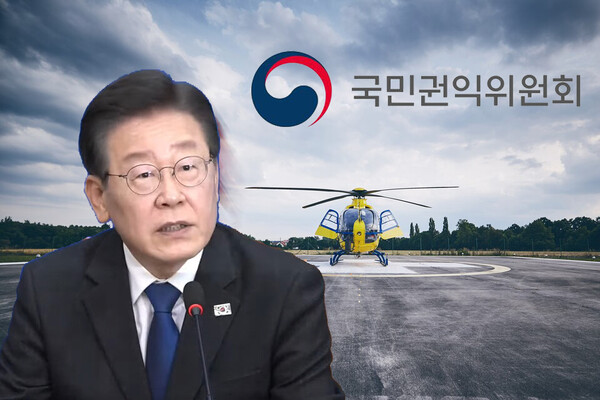
On Tuesday, the ACRC held a full-member meeting to close the preferential treatment case against Lee and his secretary, Rep. Chun Joon-ho.
The commission said it decided to close the case because the politicians involved were not subject to the code of conduct and there was insufficient data to determine whether they violated the Anti-Graft Act. The National Assembly’s Code of Conduct applies to public officials other than lawmakers.
“We closed the case against the former opposition leader (Lee) and his secretary because the code of conduct does not apply to lawmakers,” said Jeong Seung-yoon, deputy chairman and secretary-general of the ACRC at a press briefing after the meeting. “We also decided to close the case because there was insufficient data to determine whether the Anti-Graft Act was violated.”
However, regarding the doctors at Pusan National University Hospital and Seoul National University Hospital who provided first aid and treatment to the former representative, and the employees of the Busan Fire and Disaster Headquarters (119 paramedics) who transported him, the statement said, “We have confirmed violations of the Code of Conduct during the transfer from Pusan National University Hospital to Seoul National University Hospital and the use of the 119 emergency medical helicopter, and we have decided to notify the supervisory agencies of each violation.”
The medical community was dumbfounded and outraged. Some said it was a cover-up for the alleged acceptance of luxury bags by First Lady Kim Keon Hee.
“Government authority doesn't just come from browbeating citizens. A situation like this keeps occurring because people who have never lined up for medical treatment at a hospital are making policies,” said Lee Hyung-min, head of the Korean Society of Emergency Medicine, in a telephone interview with Korea Biomedical Review on Tuesday. “Principles are being applied differently, depending on their targets.”
“Like the case of the medical school student increase, too many principles are violated to call something wrong right. In this situation, how can doctors trust the government?” Lee said. “The government has lost its authority. It's a case of the pot calling the kettle black. They should take care of themselves in the future. Don't bring the field of emergency medicine into the mix and make it look bad.”
Lee Kyung-won, director of public affairs at the society, said he could never understand the commission’s conclusion, which blamed doctors and paramedics for violating the code of conduct in transporting Lee using an emergency medical helicopter while finding no problems with Lee’s side.
“The state commission held doctors and paramedics who tried to save the patient accountable while letting off the hook those who requested it (transfer to Seoul National University Hospital) for the reason of insufficient legal grounds,” Lee said, criticizing the ACRC for watching the face of people with power.
Lee added that Pusan National University Hospital, Seoul National University Hospital, and Busan Fire and Disaster Headquarters, notified of the code of conduct violations by the ACRC, might have to take disciplinary action against the doctors and paramedics according to their procedures.
“However, it doesn't make sense that they should be disciplined when all they did was treat an emergency patient and transport him because the patient wanted it,” Lee said. “The government shouldn't do this.”
An emergency medicine specialist said, “After all, the rushed announcement was to cover up the luxury bag scandal, wasn’t it?”.
Lee was attacked in Busan on Jan. 2 when he was the DPK leader and was taken to Pusan National University Hospital, the nearest regional trauma center. However, after completing first aid, he was transferred to Seoul National University Hospital by emergency medical helicopter at around 1 p.m. and underwent surgery there. Pusan National University Hospital said the opposition leader wanted a transfer despite emergency medical experts’ views that it was inappropriate. There were also several reports of preferential treatment during the transfer process.
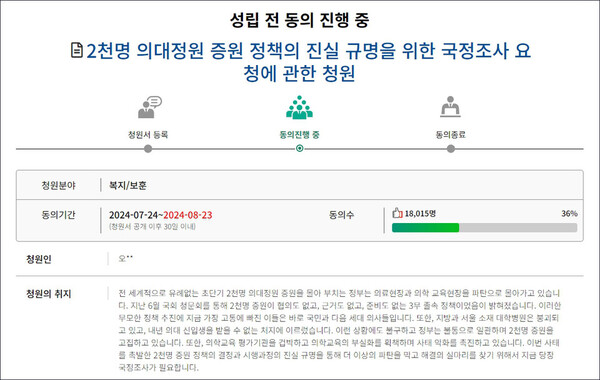 A petition has been filed to request a parliamentary investigation to determine the truth about the medical school enrollment increase policy. (Source: National Assembly petition website)
A petition has been filed to request a parliamentary investigation to determine the truth about the medical school enrollment increase policy. (Source: National Assembly petition website)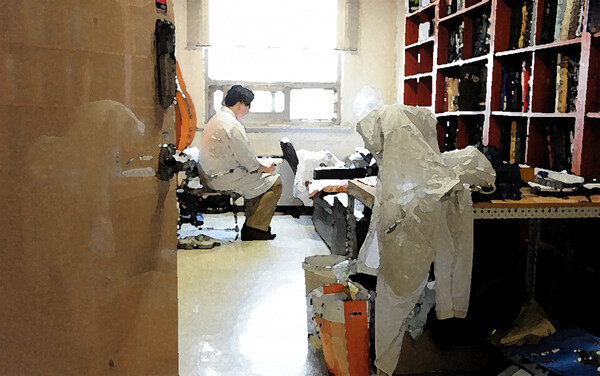
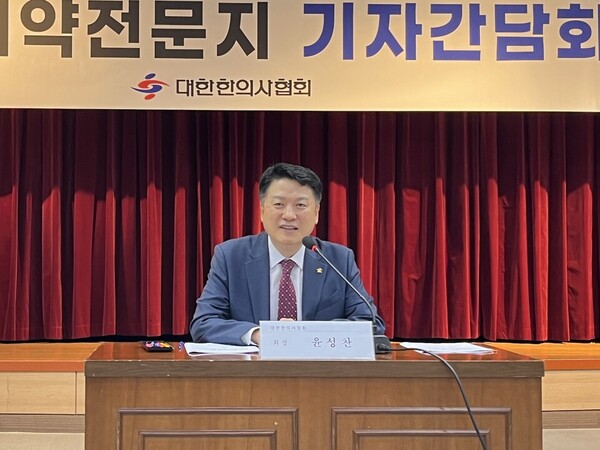 On Tuesday, Yoon Sung-chan, president of the Association of Korean Medicine, called for applying actual loss insurance to unreimbursed oriental medicine practices and reimbursing the use of diagnostic devices by oriental doctors in a news conference to mark his 100th day in office at the association headquarters in Seoul. (Courtesy of the Association of Korean Medicine)
On Tuesday, Yoon Sung-chan, president of the Association of Korean Medicine, called for applying actual loss insurance to unreimbursed oriental medicine practices and reimbursing the use of diagnostic devices by oriental doctors in a news conference to mark his 100th day in office at the association headquarters in Seoul. (Courtesy of the Association of Korean Medicine)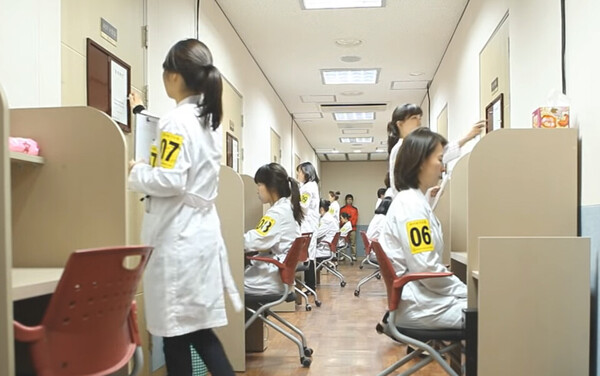
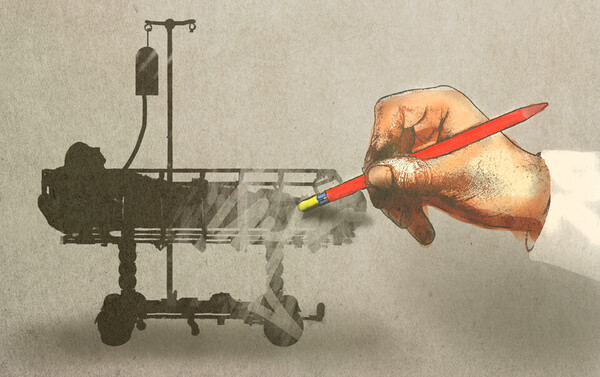

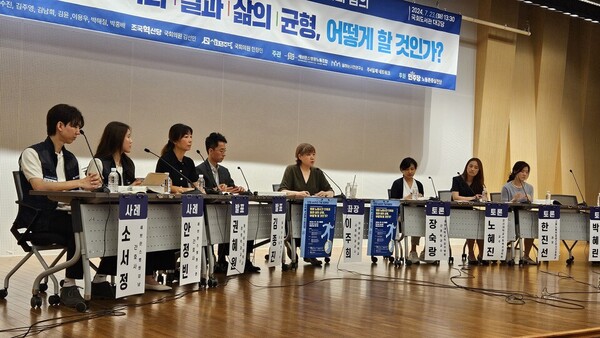
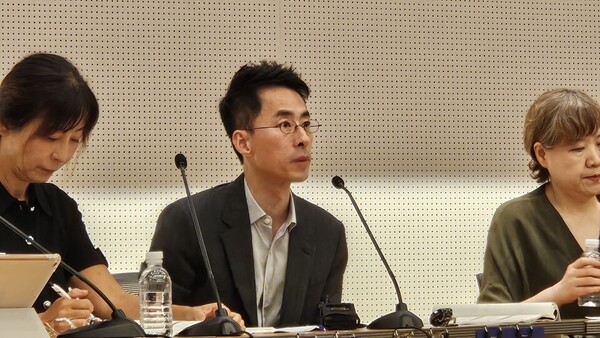
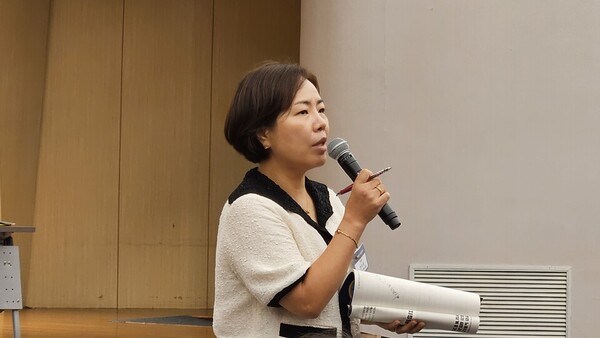
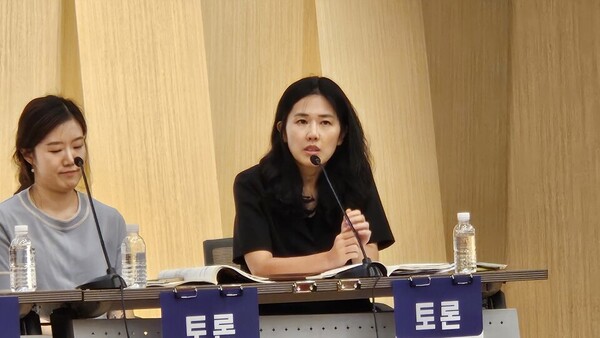

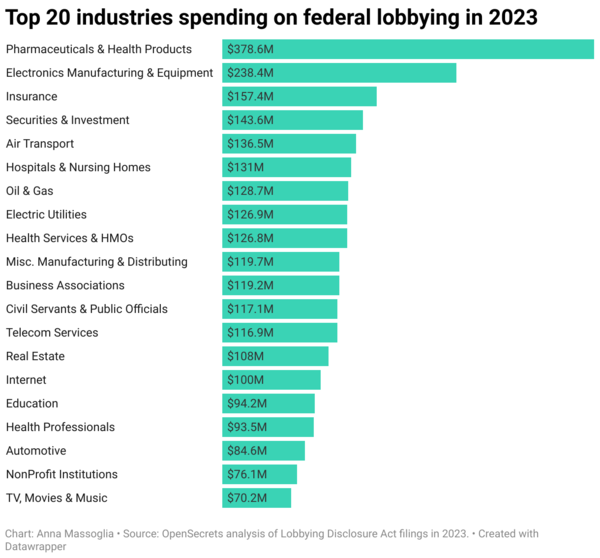

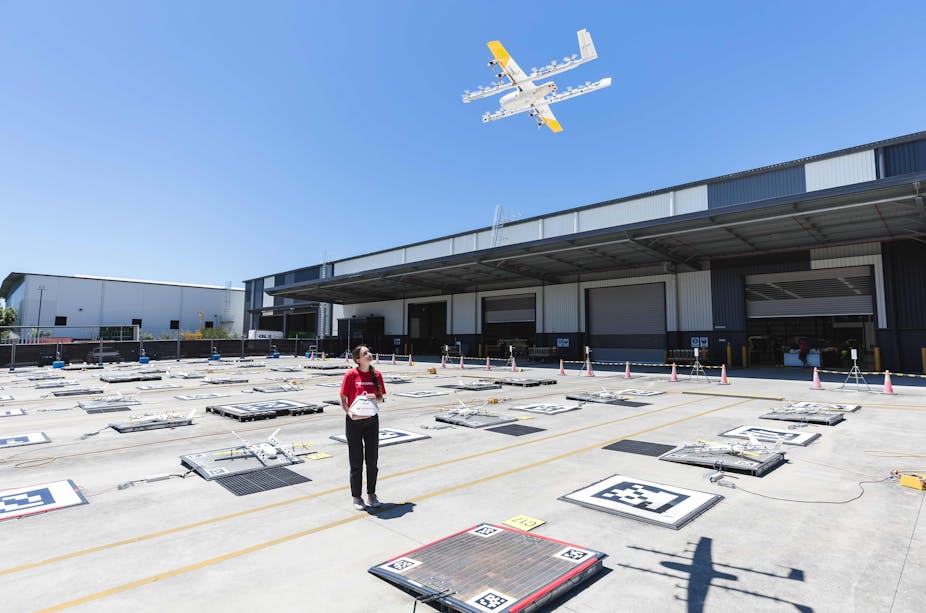
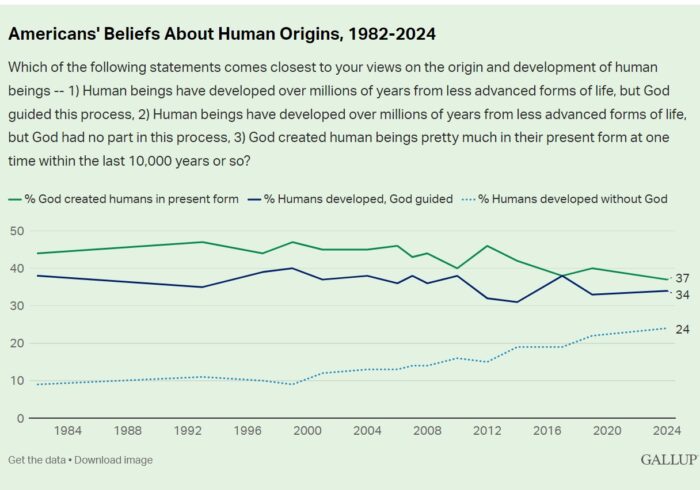 Surveys are always tricky because how you ask a question can have a dramatic impact on how people answer. But it is useful to ask the exact same question over a long period of time, because that can indicate how public attitudes are changing. This is one of the benefits of
Surveys are always tricky because how you ask a question can have a dramatic impact on how people answer. But it is useful to ask the exact same question over a long period of time, because that can indicate how public attitudes are changing. This is one of the benefits of